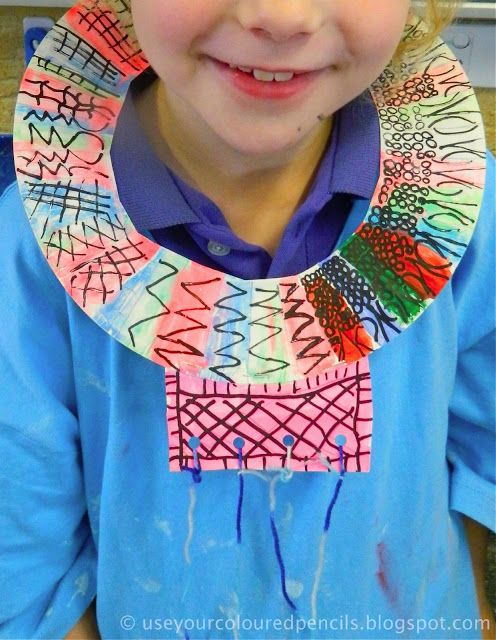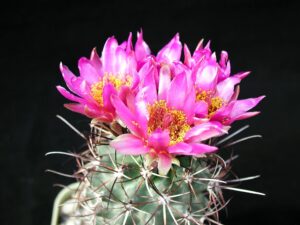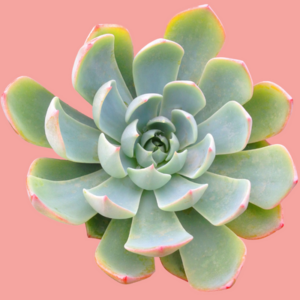Coloured sand has captured the attention of crafters and educators alike, emerging as a versatile medium that transcends mere aesthetics. The vibrant hues and fine textures awaken the imagination, giving rise to countless engaging projects. This article delves into creative ways to harness the power of coloured sand, revealing its value in both artistic expression and educational pursuits.
When exploring the world of coloured sand, one cannot overlook the deep-seated fascination it evokes. The interplay of colour and texture stimulates the senses, inviting individuals to explore their artistic inclinations. From children to seasoned artists, the allure of coloured sand transcends age and skill level, making it a cherished material in various craft projects. As we navigate through the myriad applications of this captivating component, we uncover the hidden potentials that lie within.
Coloured sand art has been prevalent in numerous cultures around the globe, serving as a form of storytelling and tradition. The intricate designs and patterns formed with sand not only deliver aesthetic gratification but also symbolize deeper meanings within different communities. Thus, working with coloured sand is not merely about creating—it is about participating in a lineage of cultural significance.
Crafting with coloured sand can be an exhilarating journey. Let’s explore some creative applications that will inspire both novice and veteran crafters.
Creating Sand Art Bottles
One of the simplest yet most visually striking projects involves layering coloured sand in clear glass or plastic bottles. These sand art bottles can serve as decorative pieces, gifts, or even educational tools. By pouring different colours of sand into the bottle, one can create mesmerizing patterns that range from stripes to swirls. To add an element of whimsy, consider using a funnel for precision or even a chopstick to create unique designs. Additionally, labelling the layers with dates or names can turn these creations into personal keepsakes or mementoes.
Sand Mandalas: A Meditative Experience
Embracing the spiritual dimension of sand, crafting sand mandalas offers both a therapeutic and artistic outlet. Originating from Tibetan traditions, the practice involves arranging coloured sand into intricate designs, symbolizing the impermanence of life. Creating these mandalas promotes mindfulness and concentration, as one must focus intently on the placement and balance of colours. This captivating project not only serves as a form of meditation but, when completed, can be ceremoniously dismantled or left to disintegrate, reinforcing the underlying message of transience.
Sand Art in Education
Utilizing coloured sand in educational settings unveils myriad possibilities for experiential learning. Teachers can employ sand in teaching concepts such as geography, chemistry, or even history. For example, creating topographical maps using different colours to represent elevation can visually aid comprehension of geographical features. In science classes, coloured sand can illustrate the principles of sedimentation and stratification. Such practical applications ignite curiosity and foster an engaging learning environment.
Custom Sand Art Greeting Cards
Elevating traditional card-making, incorporating coloured sand can create textured and multidimensional greeting cards. After decorating the card’s surface with glue, sprinkle coloured sand to form beautiful patterns or images. The tactile quality of the sand adds an interactive element, enticing the recipient to engage with the card in a more meaningful way. Personalizing these cards with heartfelt messages ensures that they’re not just beautifully crafted but carry emotional significance as well.
Building Decorative Sand Terrariums
Another innovative way to leverage coloured sand is in the creation of decorative terrariums. These small ecosystems can be layered with different colours of sand to mimic natural geological strata while housing succulent plants, air plants, or cacti. This project combines artistry and nature, allowing individuals to cultivate their green thumb alongside indulging in their creative side. Moreover, it serves as a conversation starter, seamlessly merging the disciplines of gardening and visual arts.
Sand Sculpting and Sandboxes
Coloured sand goes beyond static projects; it holds potential for kinetic creativity as well. Sandboxes filled with coloured sand can evoke nostalgia while providing a dynamic environment for children to explore their sculpting skills. Encouraging imaginative play, children can build castles, creatures, or abstract forms. This type of sensory experience fosters critical thinking, problem-solving, and collaborative play. For adults, it offers the chance to revisit a carefree state of creativity that is often lost in the busyness of life.
Mixing Mediums: Incorporating Coloured Sand with Other Materials
Creative possibilities expand significantly when coloured sand is paired with other mediums. Imagine embedding sand into resin art to create striking coasters or decorative pieces. Furthermore, combining sands with paints can yield unique textures and shades, enriching the complexity of the artwork. The synergy of materials can lead to unexpected outcomes, leaving room for artists’ interpretations and personal styles to flourish.
A Final Reflection on the Beauty of Coloured Sand
The fascination with coloured sand extends beyond visual appeal; it embodies a canvas of exploration and expression. Its applications in art and education enchant both the young and old, promoting creativity while revealing deeper narratives steeped in cultural significance. The vibrant grains invite exploration, allowing individuals to collaborate, create, and converge upon shared experiences. Whether through the formation of stunning décor, educational projects, or nostalgic play, the heart of coloured sand in crafts serves to unite diverse forms of artistry and discovery, cultivating a profound appreciation for the beauty found in our surroundings.





Leave a Comment